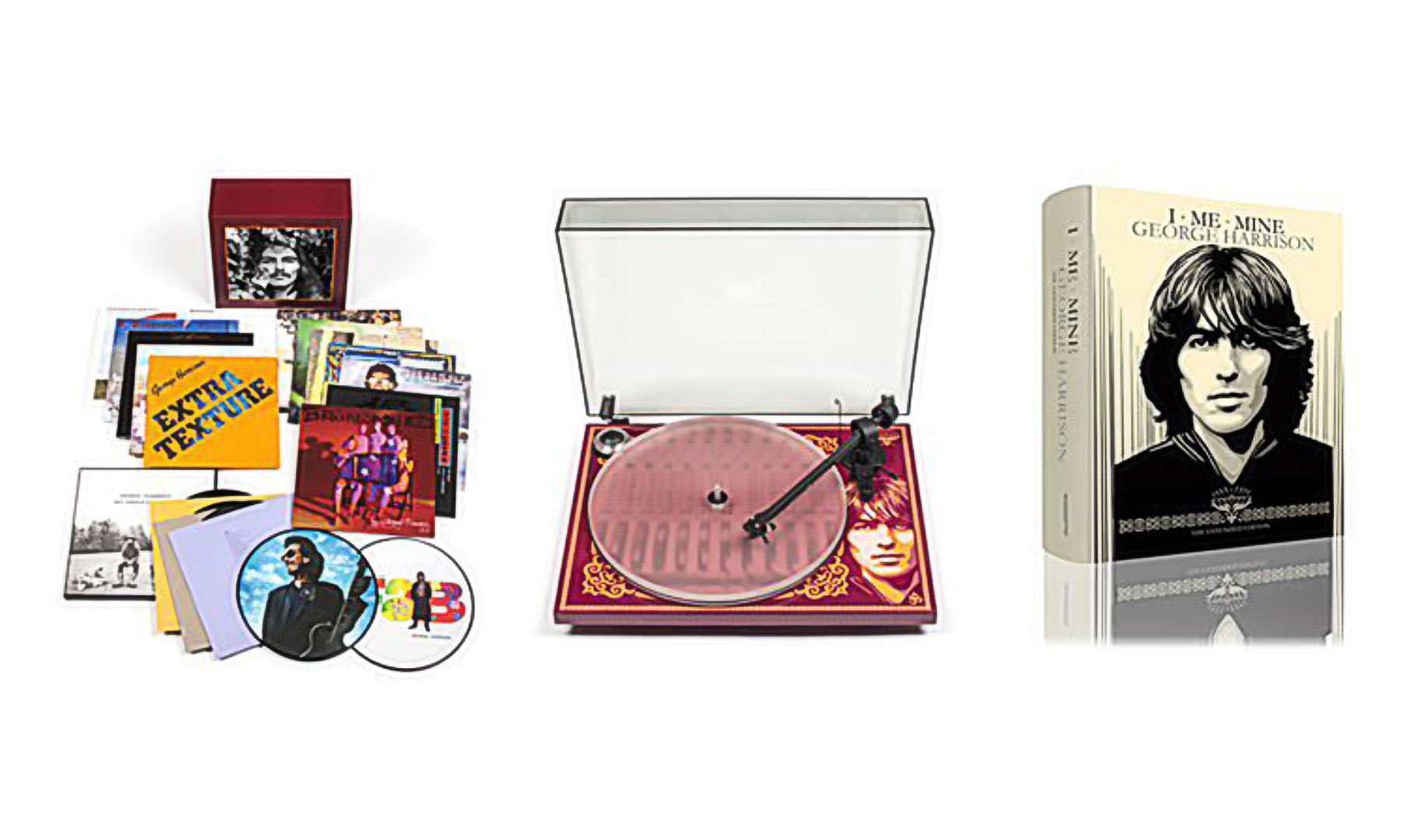


Though the music is some of the most complex on the album, the lyrics, like the album’s graphics, imposes the simplest of juxtapositions: Harrison’s “material” history (encompassing the Beatles) against spiritual meditation. Side one closes with the title cut, an incantatory, polyrhythmic rocker with a falsetto-on-sitar refrain. But then we’re back in the groove with a gorgeous, rollicking love song, “Don’t Let Me Wait Too Long.” Exuberance is succeeded by passionate testament in “Who Can See It,” a beautiful ballad whose ascendant long-line melody is the most distinguished of the album. Except for its sustained instrumental break featuring Harrison and Nicky Hopkins, it is pretty leaden stuff. It’s every bit as good as “My Sweet Lord.” “Sue Me, Sue You Blues” is a biting slide-guitar showcase for Harrison, its lyric a clever Lennonist diatribe against such monetary quarrels as those that ended the Beatles: “Bring your lawyer/And I’ll bring mine/Get together, and we could have a bad time.” “The Light That Has Lighted the World” seems an oblique defense against public criticism and expectations of a Beatle reunion. The album opens brilliantly with the hit single, “Give Me Love (Give Me Peace on Earth),” a strong, short-phrased melody whose lyrics are sheer exhortation with an “Om” chorus. (In addition, he has donated the proceeds from those nine songs to charities reflective of their concerns.) All but two of the album’s 11 cuts carry messages of spiritual commitment with such insistency that a close listening from start to finish is roughly equivalent to participating in a mass spectacle of religious re-dedication - one that does not end with rousing anthems but in heavenly choirs. And it’s almost needless to say that the spiritual/material anomaly is a one-sided affair. Schematically, Living in the Material World is a pop religious ceremony for all seasons, one in which Harrison acts as priest, deliberately placing his gifts and his legend into public service for God. To this end, Harrison as producer has learned well from master inspirator Phil Spector, whose Wagnerian wall-of-sound approach to pop Harrison employs lavishly.

In presenting a sweetly simple vision of semi-ascetic spiritual enlightenment, Harrison invokes the basic attraction of popular religion through the most traditional of means - by being inspirationally, opulently, romantic. The aesthetic key to Living does not reside in Harrison’s pretty melodies or generalized lyrics but in the entire production, whose cumulative impact is far greater than the sum of its parts. In Living in the Material World, that legacy, which Harrison reformulated diffusely in All Things Must Pass, is formalized once and for all. Harrison inherited the most precious Beatle legacy - the spiritual aura that the group accumulated, beginning with the White Album - and has maintained its inviolability with remarkable grace. Suffice it to say that these three aspects blend harmoniously into a single creation that is vastly appealing and in places very moving. Given everything George Harrison represents, it would be virtually impossible for one to try to separate the man, the myth and the music, and undertake an in vitro analysis of Living in the Material World. Happily, the album is not just a commercial event, it is the most concise, universally conceived work by a former Beatle since John Lennon/Plastic Ono Band. At last it’s here, beautifully-packaged with symbolic hand-print covers and the dedication, “All Glories to Sri Krsna.” Even if Living in the Material World were as trivial and regressive as McCartney’s Red Rose Speedway, there would be many who would dub it a pop classic.


 0 kommentar(er)
0 kommentar(er)
